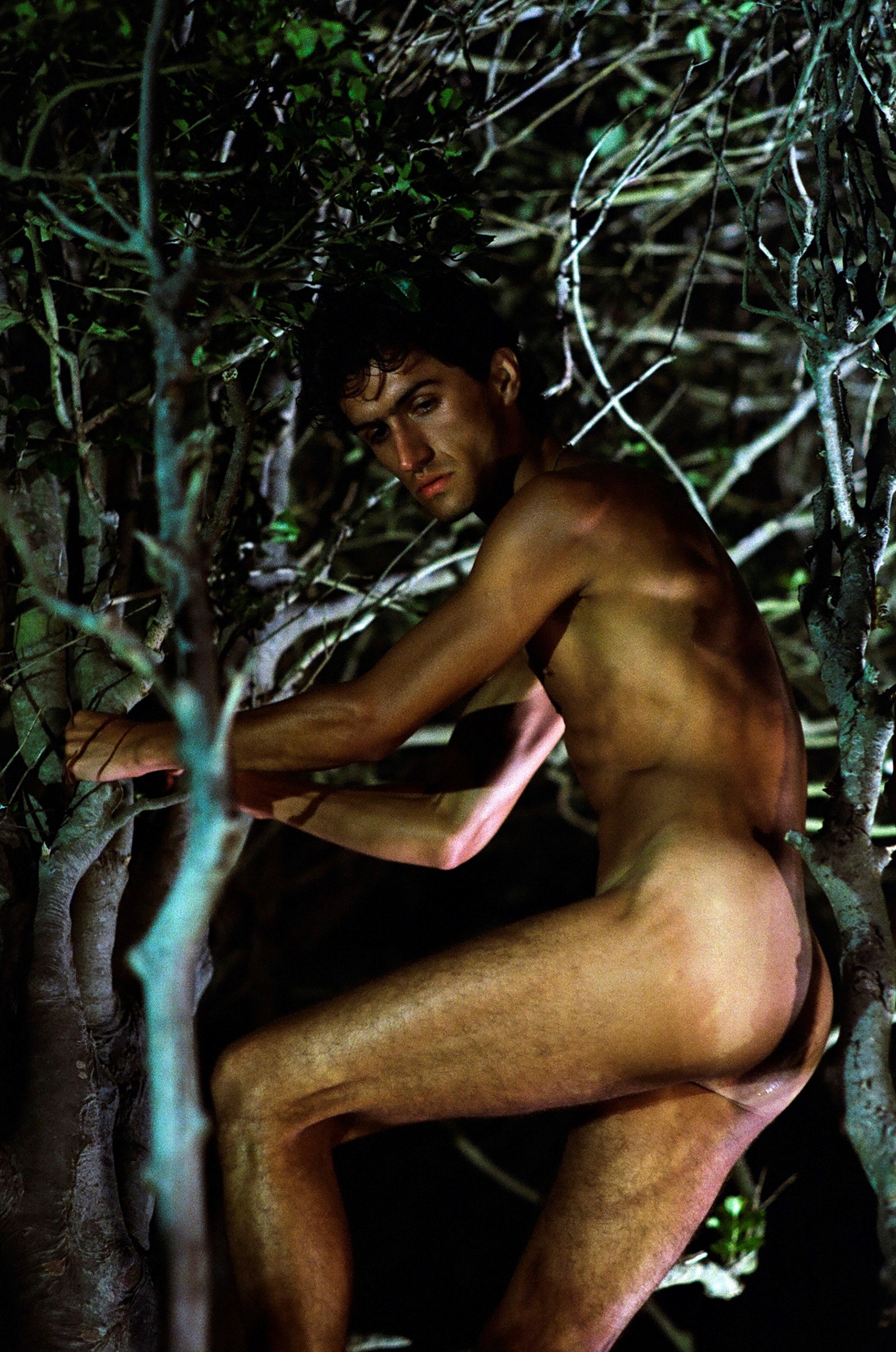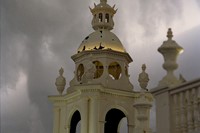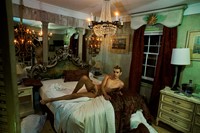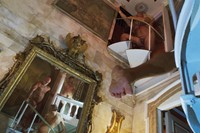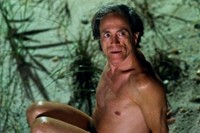“The fags have colonized / the driftwood forests / of Long Island / and are conceiving new cultures,” writes Jeremy O Harris in the opening poem for Matthew Leifheit’s new photo book, To Die Alive – a deeply strange, hedonistic photographic trip through Fire Island that seems to unfold, frenetically, over just one night.
Lying adjacent to Long Island, Fire Island is a skinny barrier island that has historically served as a LGBTQ+ haven and popular party destination; Oscar Wilde visited in 1882 during his tour of America, while American poet Frank O’Hara died there after being struck by a buggy in 1966 – in between, queer artists like Paul Thek, Peter Hujar and George Platt Lynes all worked and holidayed there, basking in the island’s wild natural beauty.
To Die Alive interacts with this queer, storied past; there are images of Margaret Fuller’s death site, pictures dedicated to Thek and O’Hara – Leifheit’s artistic heroes – while the ashes of men who died in the Aids epidemic are scattered on the Meat Rack, a notorious, forested cruising ground. In spite of all this death, the book is very much a take on the contemporary gay lived experience, with vital, warm bodies writhing against the dark backdrop of the forest. The title, To Die Alive – a lyric taken from an Ariana Grande song – sums up the book’s oscillation between life and death, mortality and immortality. “Being by the water promotes a different kind of reflection that sometimes leads to thinking about life and death on this very grand scale,” an eloquent, red-haired Leifheit explains over Zoom from his studio in Brooklyn, New York.
After visiting the island in 2014 while on assignment as photo editor for Vice, Leifheit – who currently edits his own magazine Matte, teaches students at Pratt Institute, and shoots semi-regularly for The New York Times and The New Yorker – became obsessed with the place. “My experience that night deeply affected my life in some way,” he explains. “This whole book is an expanded and dramatised version of that experience.” The resulting images, shot between 2017-2020 and described as a mix of “documentary” and the “highly stylised and personal”, are a dizzying journey through an island that has reached peak mythical status in the queer community. “Fire Island is supposed to be a utopia for gay people in some way, and there’s been different ideas about how that should look over time,” says Leifheit. His version of Fire Island – with nude men running riot and fucking in baroque halls, bedrooms, raves, beaches, and forests – seems equal parts utopia and dystopia. “I don’t think that I have ever wanted to make a celebration of something,” Leifheit says, with a knowing smile on his face.
Here, in his own words, Leifheit describes the long evolution of To Die Alive.
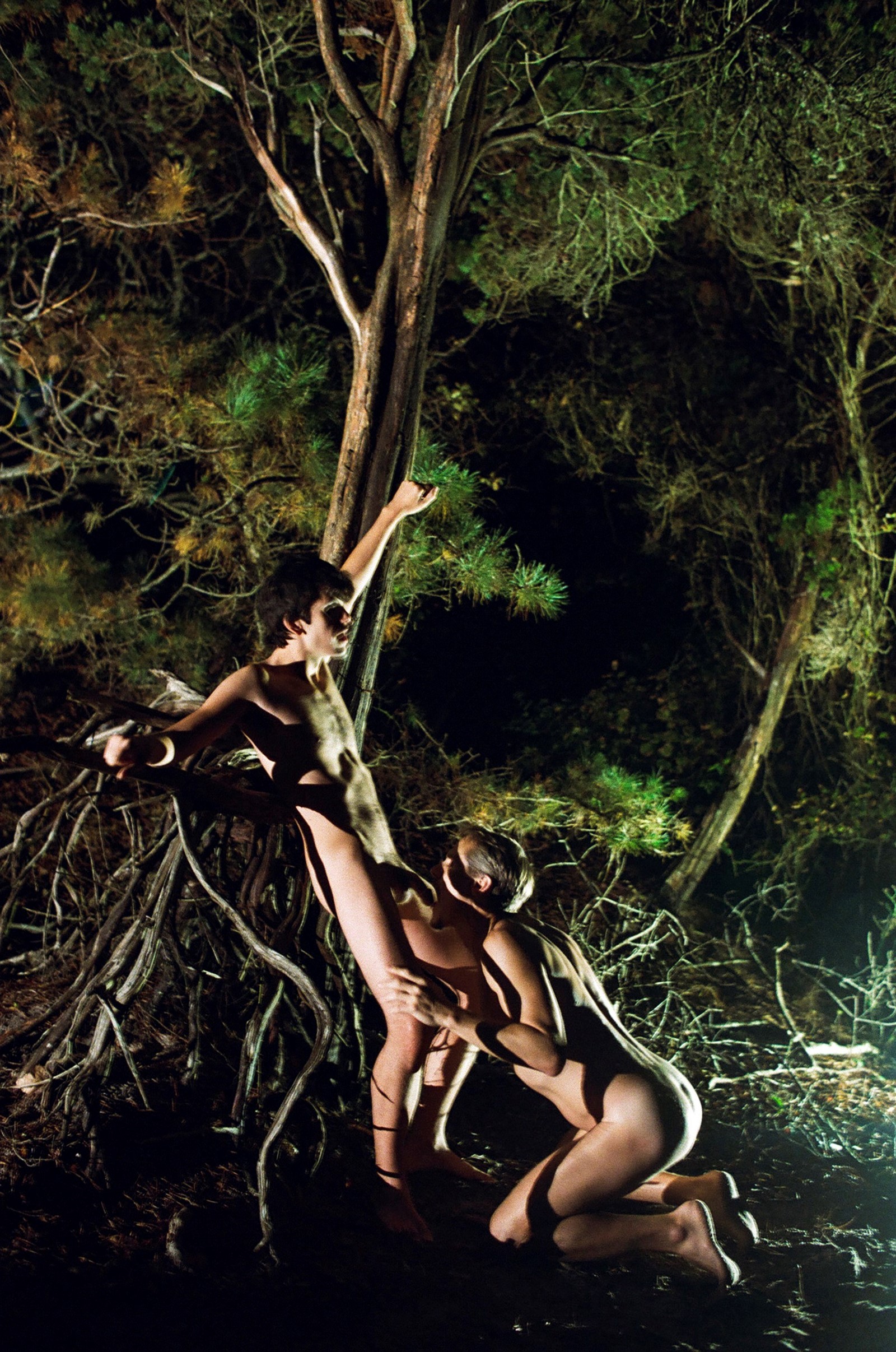
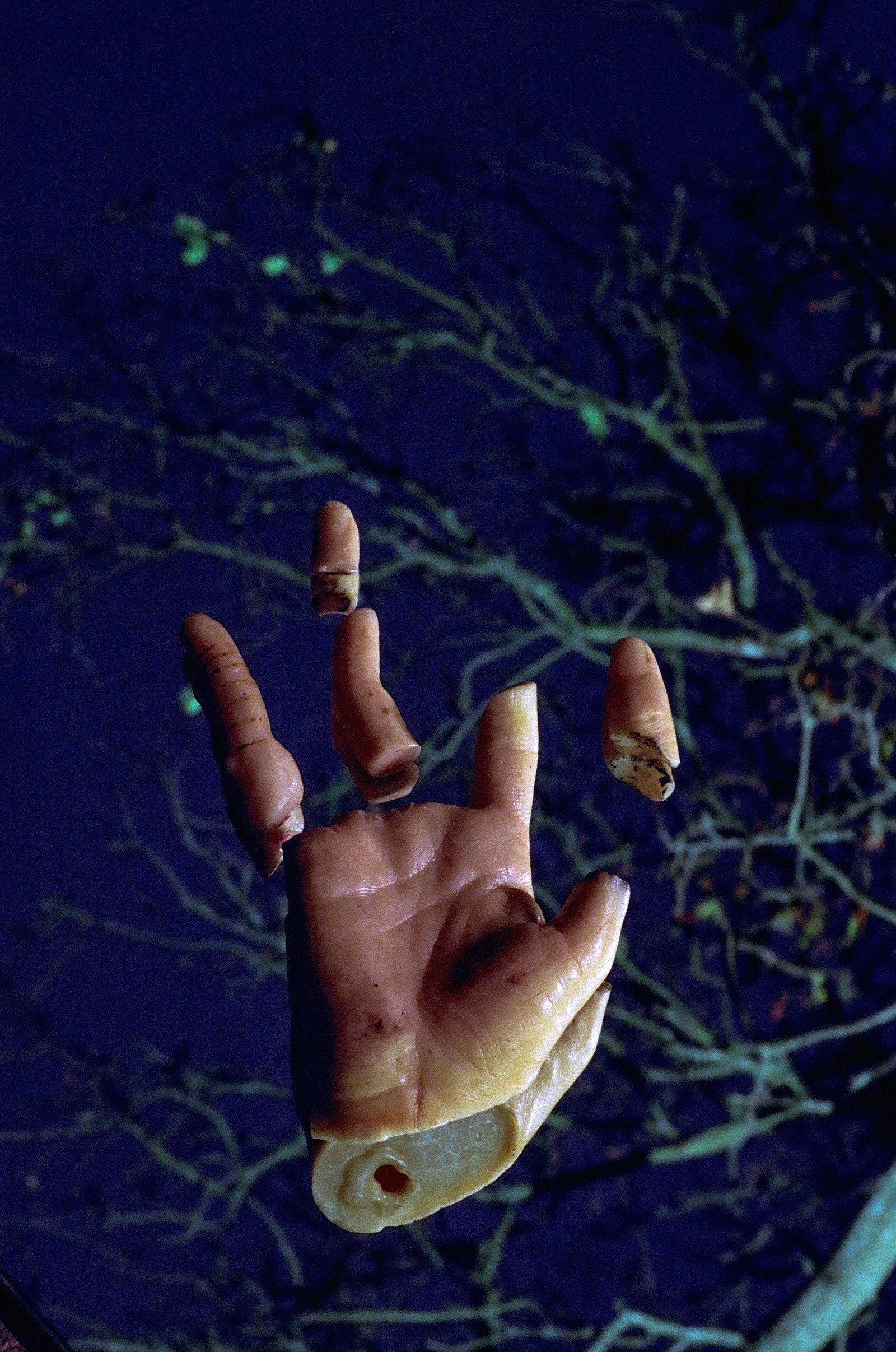
“[The first time I visited Fire Island] was on assignment. One of the parts of the job at Vice was that I could assign myself to do things if I thought I would be the right person for the job. There’s a Friday night underwear party that happens at a bar called the Ice Palace, but I was up all night after that. The experience of trying to fit all of that – or everything I had heard about the place, or trying to experience all the things in one night of being there – was a really intense, heightened experience. My experience that night deeply affected my life in some way, even to the extent to the fact that the person I’m dating now is someone I met that night. This whole book is an expanded and dramatised version of that experience.
“In grad school, I was doing research about this photographer, George Platt Lynes, who was an early 20th-century gay photographer; he did all this erotic work with men. He was really good friends with these artists who formed a queer collective called PaJaMa, which was Paul Cadmus, Jared French and Margaret French – they ought to be better known. They made these really statuesque, highly staged photographs on Fire Island where Margaret French’s family had a house. I was really inspired to go back after looking at those and reading the correspondence between some of the people involved. It’s such a strange landscape, Fire Island, because it’s a very low, sandy, skinny island with low, gnarly vegetation. That’s what drew me back. I didn’t go back until 2017, and since then, I’ve been working on this project with all of my energy.
“I have realised that I’m a lot better if I have time to work with a subject and for me, it’s often years that I feel like I want to engage with something in order to express everything that I want about it. I used to think I could go somewhere for one night, or for a weekend, or for a few days and really get something, but increasingly, I find that I don’t.
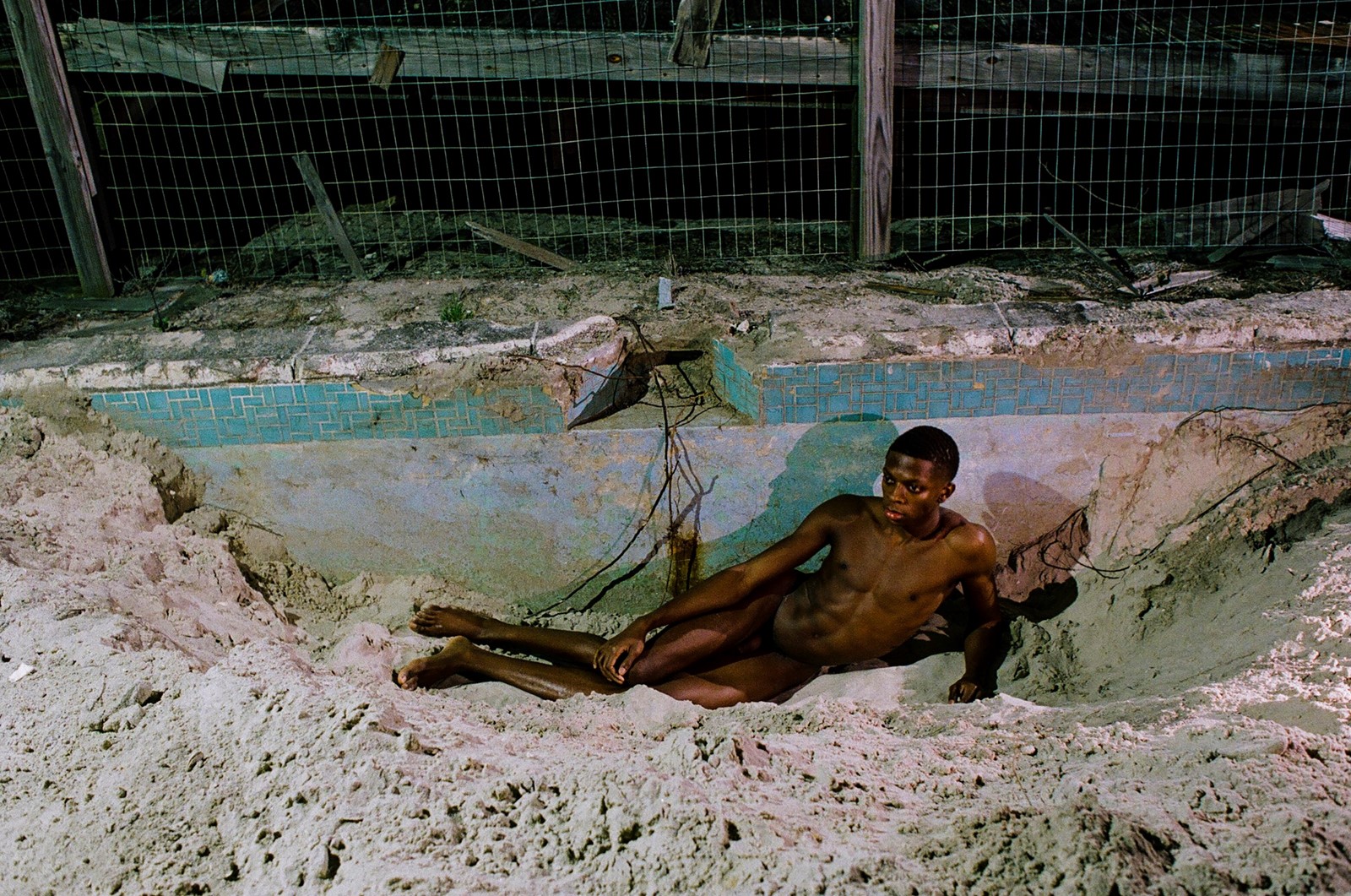
“I had envisioned the structure [of the book] as a flight out of the built environment. In the beginning, it figures in interior space, in a club and a men-only guest house, and it’s a lot more about the way that interiors and spaces mark time, and mark generational priorities within the gay community. Fire Island is supposed to be a utopia for gay people in some way, and there’s been different ideas about how that should look over time. I wanted to make sure that was a part of the book, that these architectural styles are playing a part. The next section is this cruising ground among the gnarled trees, and the last section is the ocean, which is the most primordial thing; that section also has ruins in it. I imagined the book as a flight out of the built environment, but now that it’s done, looking at it, I feel like it’s an expanded version of this one night.
“Other queer artists sometimes think of camp as a slight – ‘it’s just camp’ – but I actually think there’s a lot of potential to say things with camp and I’m not afraid of it” – Matthew Leifheit
“I’ve tried to communicate the emotions of encountering the place through the photographs, because it is a place that’s so incredibly beautiful, but at the same time contains, for me, a lot of my own fears. I feel like I’m also confronted with being in a place that is primarily queer people and being by the water promotes a different kind of reflection that sometimes leads to thinking about life and death on this very grand scale. I think it’s to do with the landscape. You do tend to think: is this place a utopia, and how does it live up to that and how does it not? The tone of the book is very operatic, and I feel like the emotional pitch of the images is really heightened throughout.
“I think of Fire Island as campy. Through total seriousness, it arrives back at something humorous. If there’s an element of levity to it, it’s the kind of humour that arrives out of dead seriousness, or over-seriousness. It’s over-dramatic. Other queer artists sometimes think of camp as a slight – ‘it’s just camp’ – but I actually think there’s a lot of potential to say things with camp and I’m not afraid of it.
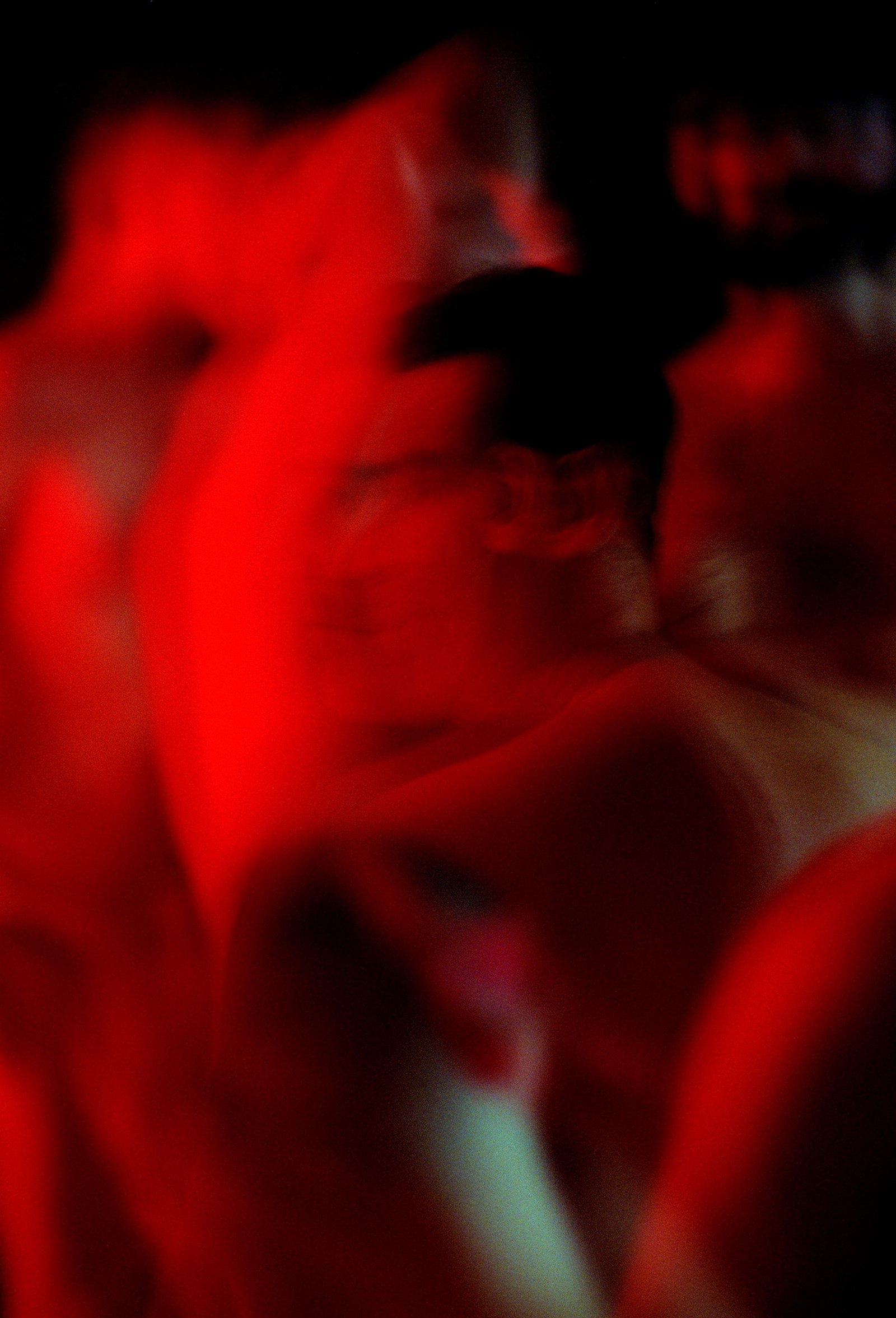
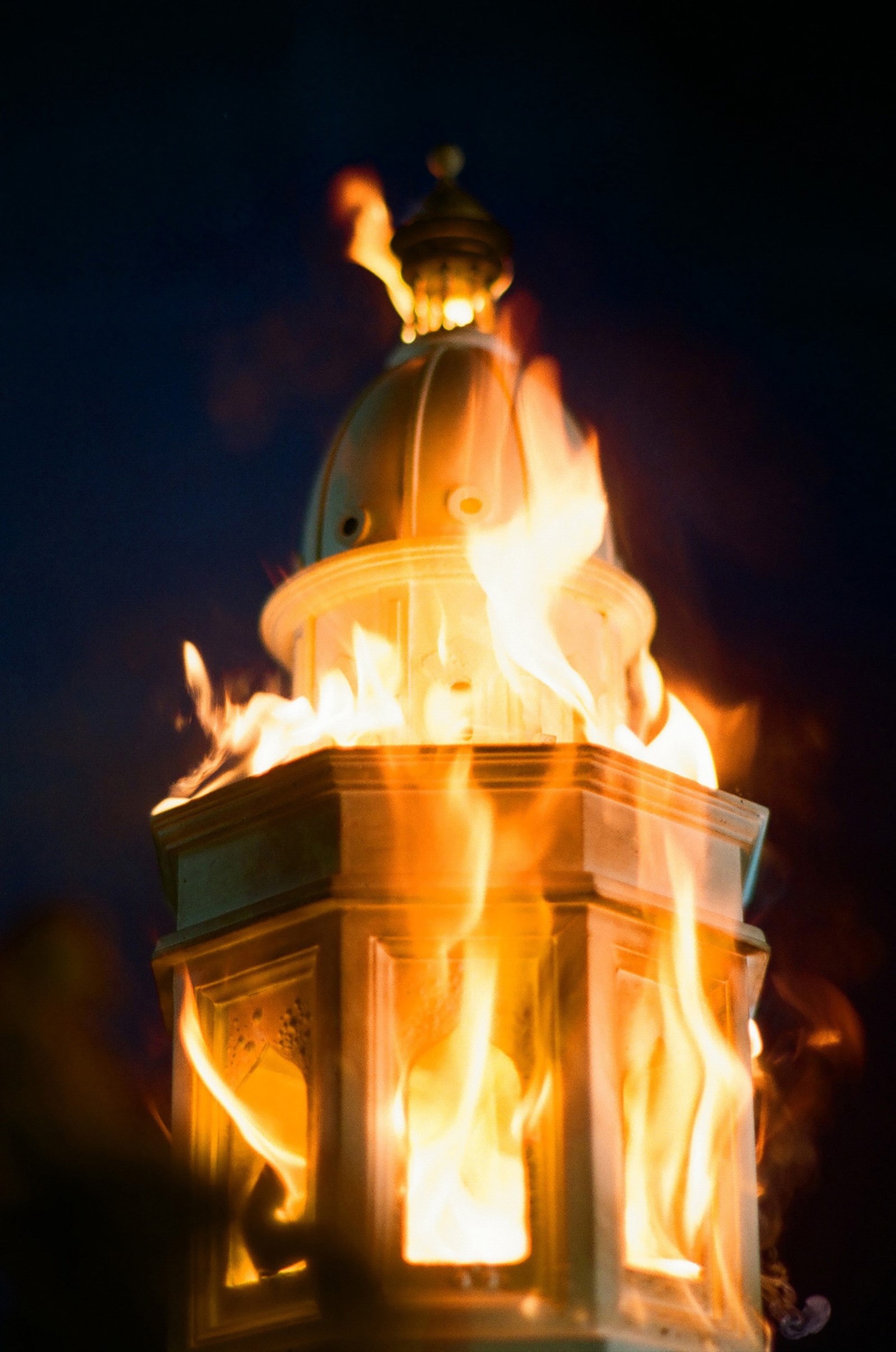
“There is a crowd of New York artists that go to Fire Island in the summer and hang out, but those people do not appear in the book; it’s more people who are working there for the summer, and some people who are homeowners, visiting for the night, people who came for a party or are someone’s sugar baby. I wanted to really focus on the people who are there more long-term.
“Everybody’s photography project is about friends and lovers, or I feel like I see so many things described that way, but I wouldn’t call it [To Die Alive] that because many of these people are complete strangers. There are people who occur again and again, like Jack Waters and Peter Cramer – they’re throughout the book, and are muses for the work, and my boyfriend does appear in some of them. But a lot of times, it’s people that I meet and am interested in the way they look and want to photograph them.
“Fire Island is supposed to be a utopia for gay people in some way, and there’s been different ideas about how that should look over time” – Matthew Leifheit
“Some of the pictures are famous death sites of artists I admire, or sites they’re involved with. One of the places is the death site of this author Margaret Fuller, and I read her book Summer on the Lakes – which I never would’ve thought would be related to what I was doing in any way, because it’s about her travelling through the midwest in the 1800s. But it is kind of a cruise, she’s travelling by boat and seeing these different scenes along the way and describing them. I feel like my book is constructed similarly. One of the books that really inspired it was Edmund White’s States of Desire, which was an ethnographic look at gay communities in America in the 1970s. It was done before Aids and it depicts this lost world in a journalistic way, but through personal experience. That really impacted what I was thinking of, because I do feel like there’s an element of documentary in this work because it features places and culture that I want to record. It is highly stylised and personal, but I also think of it as being a record of the place.
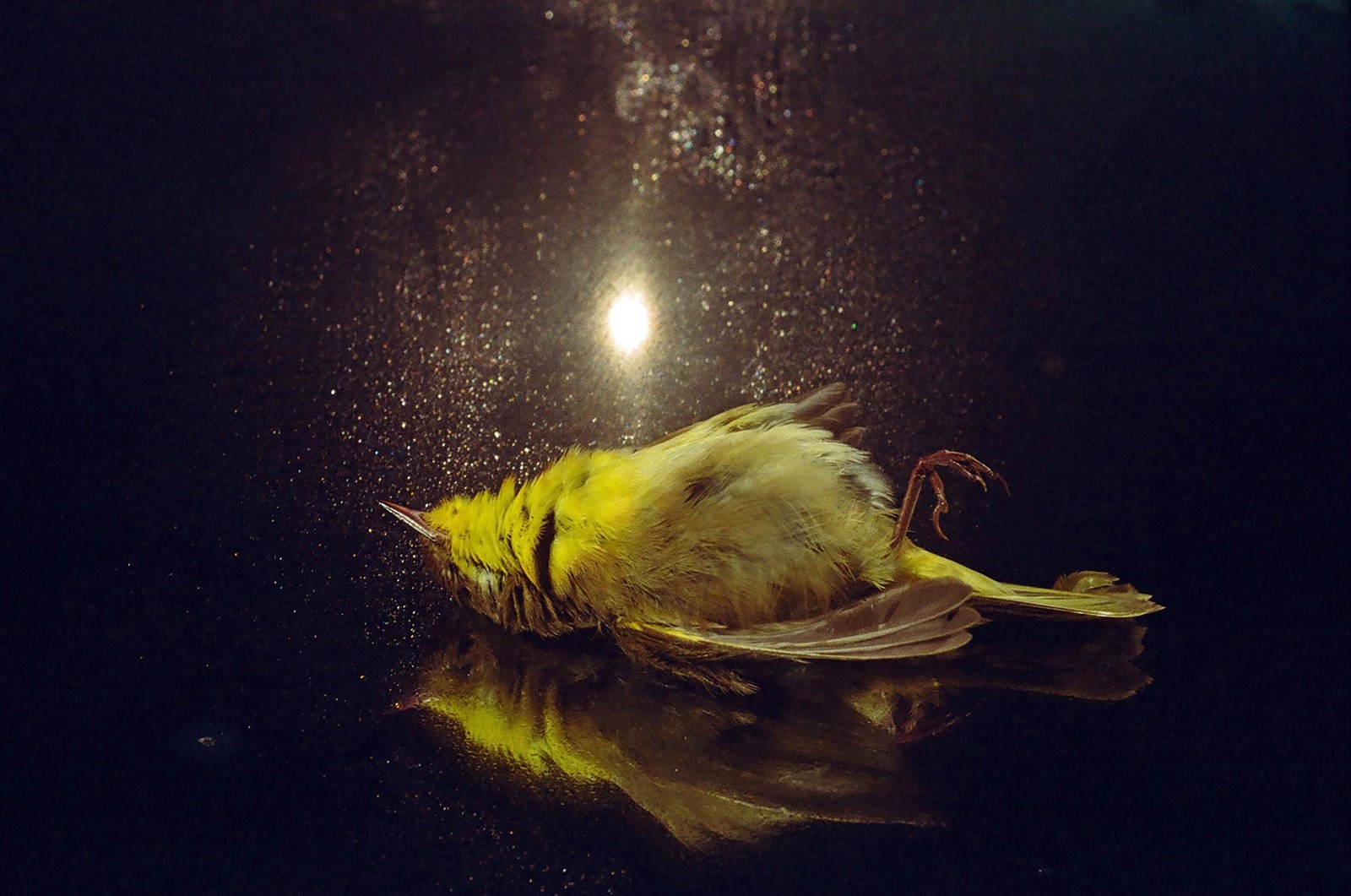
“I have no interest in criticising people. Hopefully I’m not ever wagging my finger at parts of the gay community or calling people out in any way. Part of the darkness [of the book] is that I was never interested in making something nice. The artworks that I love most are things that are challenging and difficult. I don’t think that I have ever wanted to make a celebration of something (laughs).
“I feel like works of art, books and movies and photographs are the reason to live for me, and so the idea that anyone could connect with what I’m doing and experience me in the same way is the whole reason to do this. To be able to connect with people through making these objects – that’s also why I publish other people’s books too, because I just love them. A lot of the artworks I admire provide a kind of escape or a kind of world you can escape into that is the author's own creation. I hope that my work does that.”
To Die Alive by Matthew Leifheit is published by Damiani and is out now.
